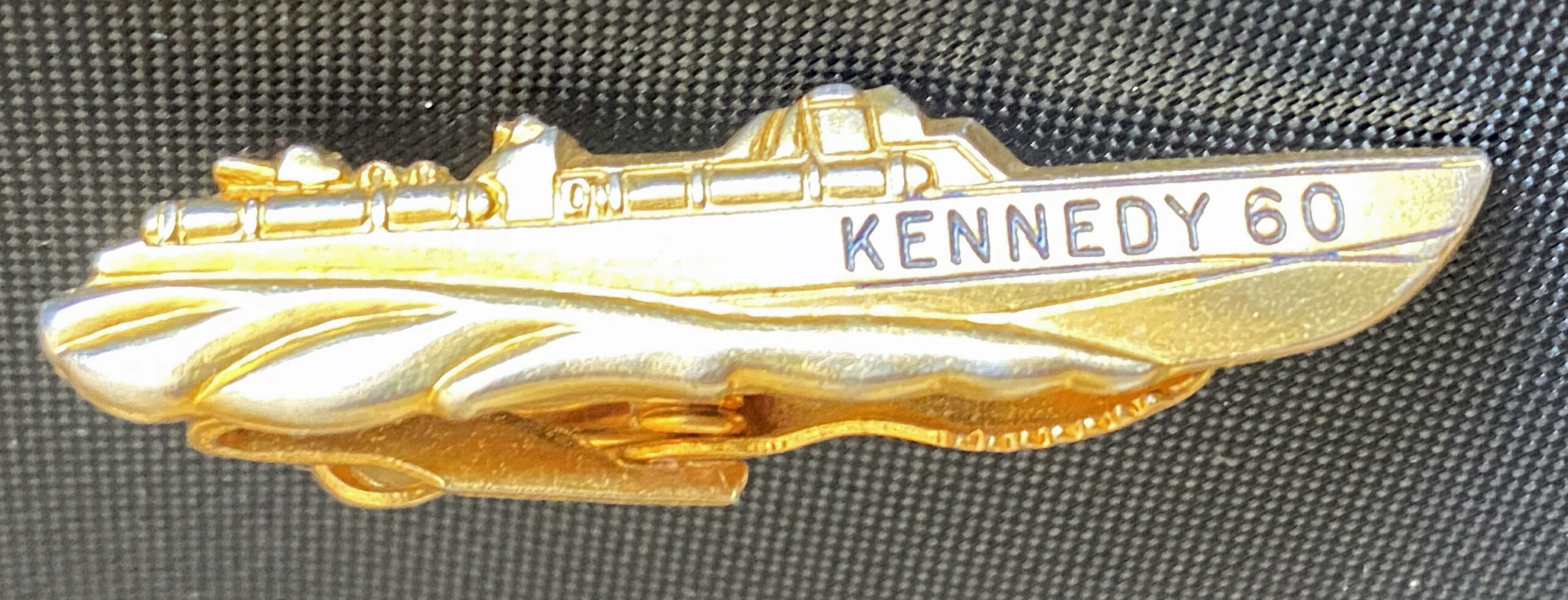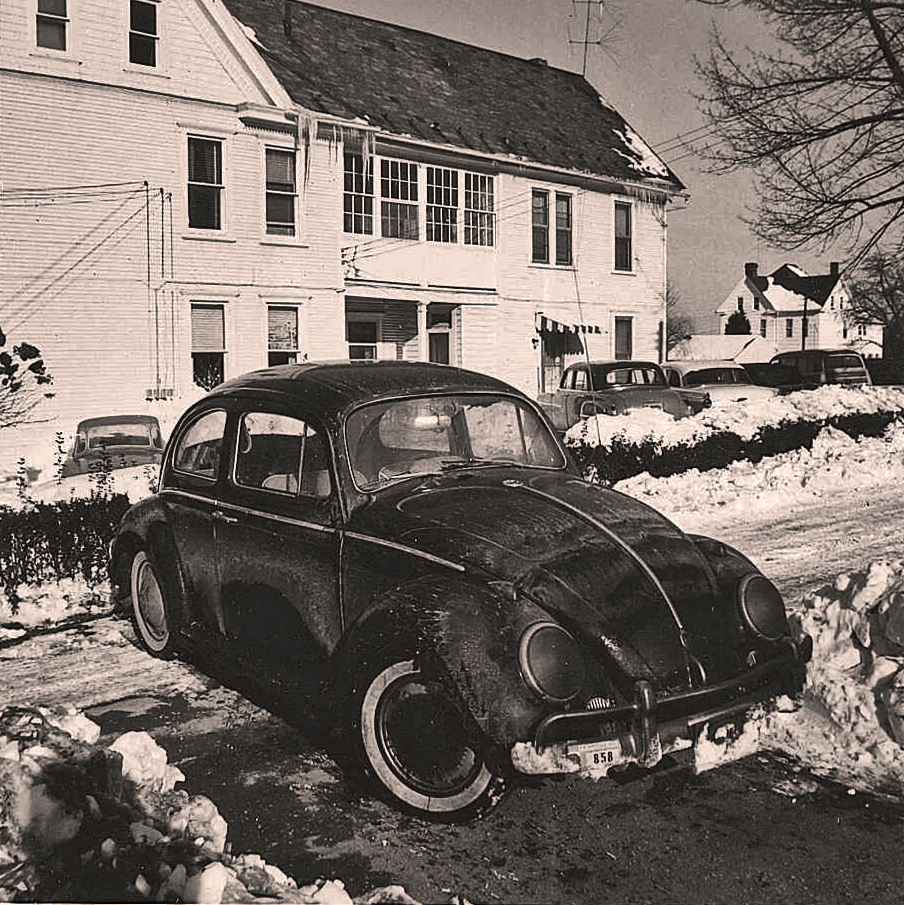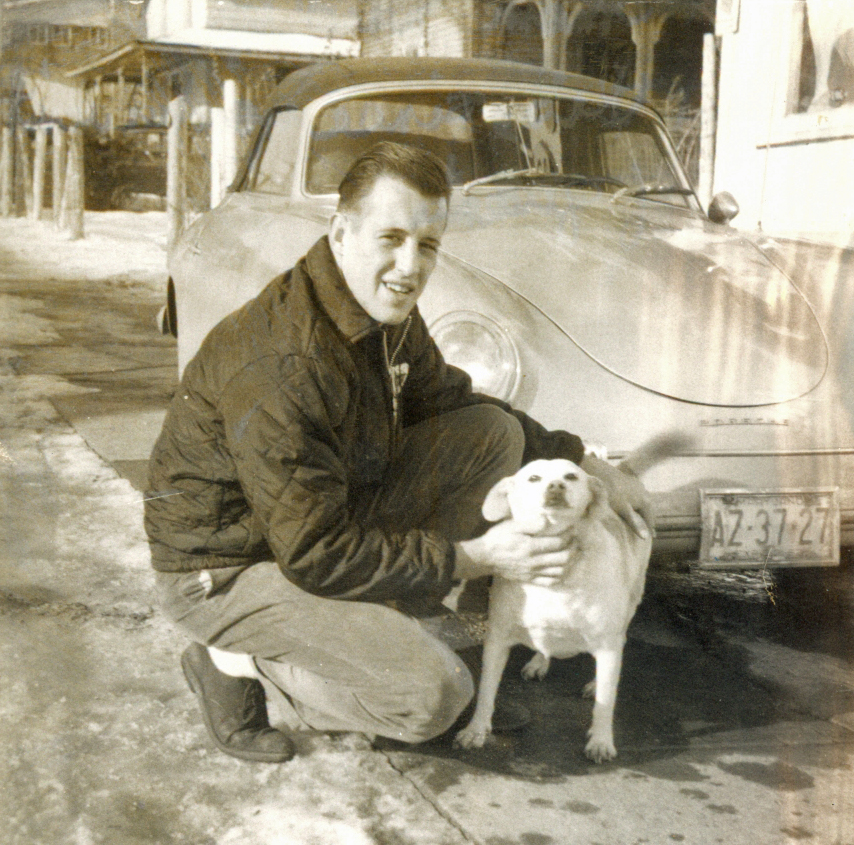1958-1963
Right after high school, I joined the Army and soon found myself working in the Eisenhower White House. I was fortunate to be chosen for the White House Army Signal Agency.



The White House Army Signal Agency was originally formed by the United States Department of War in 1942 under President Roosevelt. The organization was created to provide secure normal, secret, and emergency communications requirements in support of the president. The organization provided mobile radio, Teletype, telegraph, telephone and cryptographic aides in the White House and at Camp David. The organizational mission was to provide a premier communication system that would enable the president to lead the nation effectively.

My civilian status position required I have a wardrobe of at least three suits, blazer, alternate slacks, etc. Three-piece suits were in; I was very ivy league, lived in Georgetown at a rooming house which included mostly our work group. I walked to the White House on a daily basis, flashed my credentials, and went to work.
Ike’s White House was run very military. One of my first jobs was to get suited up by DC’s most noted tailor at the time. Same tailor who did Ike’s suits and past presidents. Don’t remember his name, but I was very impressed at the time.

Tony in uniform with his father, Walter

I used to practice driving up to Camp David’s twisty roads from Thurmont Maryland. I was the terror of the Park Rangers.


Tony’s White House uniform pins



When Kennedy got in, everyday operations were lightened up. More importantly, the other military divisions were brought into play. It now was called White House Communications Agency.
We were all in civilian dress code, suits, ties, etc. each day. Very seldom did we wear any military clothes. It was much more casual with the Kennedy group. My guess he was for equal opportunity with the various military, just didn’t like a lot of uniforms around. We blended with the Secret Service on a daily basis. Got to know the agents in charge of the President, First Lady, etc.
Actually spent time at Camp David and Ft. Ritchie (the underground pentagon) as well. Kennedy was very personable, had an air about him when he walked into a room. The country seemed more united back then. Life was good. Kingston trio was in; music could be understood.
When Kennedy was shot, I was in Dallas, however not at Dealey Plaza. Heard about it while at the Johnson ranch, through the radio communication network set up. After that, things tightened up a lot, Johnson was very paranoid. It was no longer fun to be at work.

Tony A-to-Z, the Presidency, and Racing
*Reprinted from 1973 Carling Public Relations Department press release
Nearly everyone who was old enough to understand what happened that day remembers what he was doing when President John Kennedy was shot to death in downtown Dallas. But, for race car driver Tony Adamowicz, the shots fired almost 10 years ago altered the course of his life. Adamowicz, now one of America’s leading international road racers and driver of the Carling Black Label Lola in the L&M Championship series, was a young Army communications specialist. He was assigned to the White House during the Kennedy years and says he might still be there if the assassination had not occurred.
“Those were great years under Kennedy,” says the 33-year-old-bachelor, who now lives in California. “I never thought about doing anything else. There was no reason to think beyond what I was doing.”
Adamowicz, a former winner of the L&M Championship, began his White House service late in Eisenhower’s second administration. He left soon after Lyndon Johnson took over, but Kennedy was the only President he worked with whom he knew on a personal basis.
“They (Eisenhower and Johnson) just weren’t the sort of personalities you could get close to,” Adamowicz says. “Kennedy was. He wanted to know everybody who was around, the custodians, the gardeners, people like me.”
“He liked to take walks and just talk about things like hobbies,” Adamowicz says. “His thing was boats and sailing and mine was racing. He didn’t know very much about the sport but he asked a lot of questions. He was always interested in what other people were doing.”
On November 23, 1963, Adamowicz and others on the communications staff at the White House were in Texas setting up telephones, radios and teletype gear at the LBJ ranch [setting up] for a big press function later that day. “We were not prepared for what happened, obviously,” he recalls. “We were numb.”
As for Adamowicz personally, interest in a government career vanished in Dallas. “After that, everything was kind of a long downer,” Adamowicz says. “I couldn’t face reality, couldn’t face people or anything. Racing was one good way of forgetting.”
I got needed weekends off by juggling my work schedule and occasionally trading duty with others. Still existing on Army income, my racing thoughts grew. Not much money to work with though. My Volvo was a street car with mostly brake and suspension work on it. The engine was pretty stock early on. I soon found out all the Volvo and Mini drivers had done a lot more work on their cars after driving school, because it wasn’t so easy to win after that first race in the rain.
When my six years were up, I had made Sgt E-5 pay grade. I had been at the White House five years, and it was time that I be reassigned if I chose to stay in. Cambodia was heating up and I had no interest in being over there for that operation. After 5 cushy years, somehow being in uniform again did not meet my criteria. No guarantees where I would have been assigned to, but my guess Vietnam was the next stop.
With my Top Secret and Crypto security clearances, I wanted to go to the secret service. Higher education and a degree were required. But college was a disappointment to me. I had taken some classes from University of Maryland, so wanted to go full time after I got out. When I spoke to the Dean of Admissions, he said a vet could not attend full time because younger students getting out of high school took precedence. Trying to beat the draft, I guess. It was the same everywhere.

I joined the Mason Dixon Sports Car Club in 1961 while stationed in Maryland. Limited time and money concentrated on local events or autocrossing and rallying. Spectated a many local Marlboro race, hill climbs at Hershey, PA to ice races in the Pocono mountains.

early cars

My first car was a new 1960 Volkswagen, and then later a 58 Porsche 356 Cabriolet (shown at the right and below at the Watkins Glen pit area). It was then that I learned to work on my own car, a matter of cost on military pay.



Eager to try them all, I started hill climbing the Porsche; the car seemed to be always competitive in the rainy weather. The car was too heavy in the dry and too expensive to maintain competitively. A trade was in order in case I had a chance to really race.